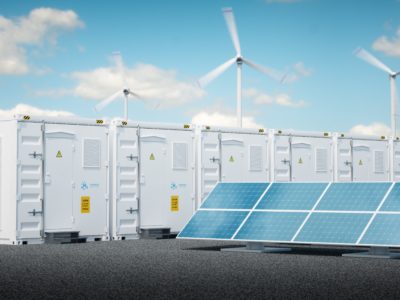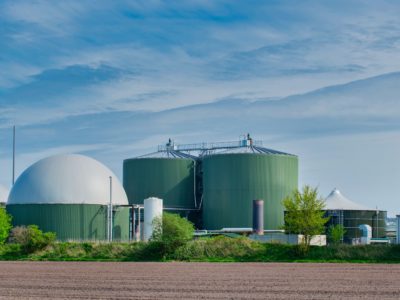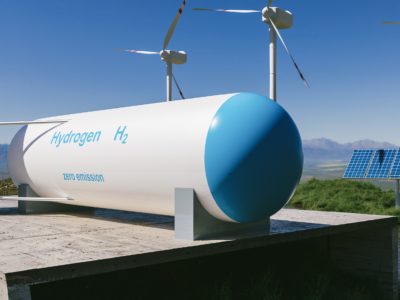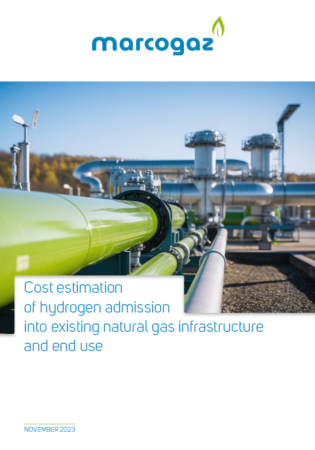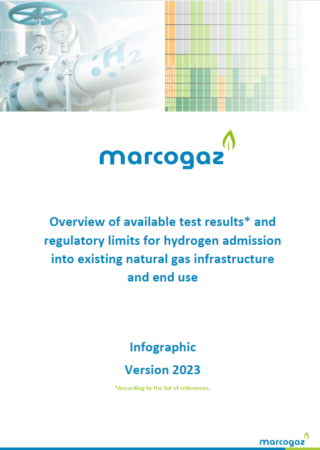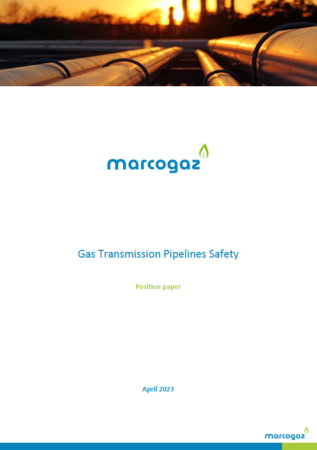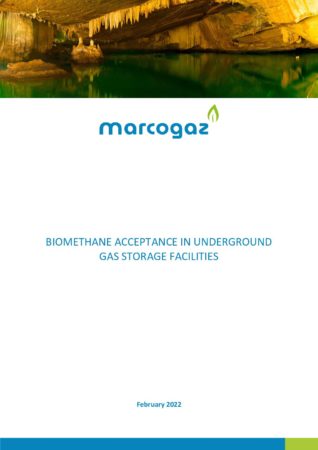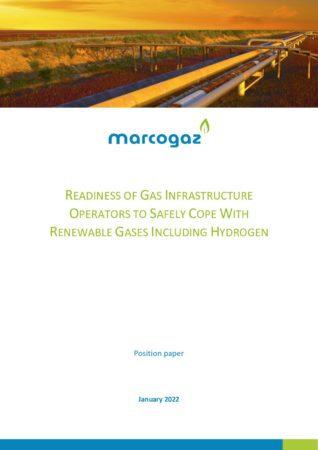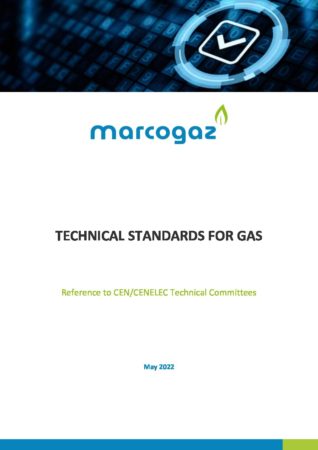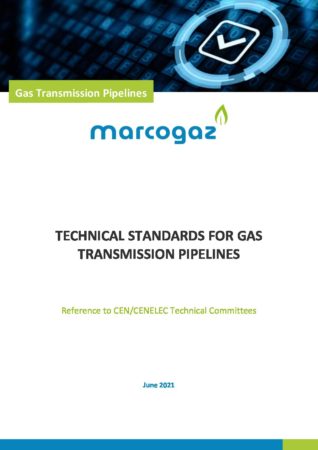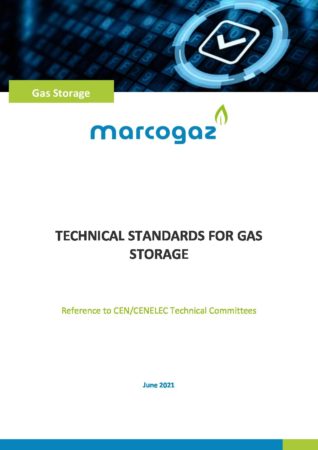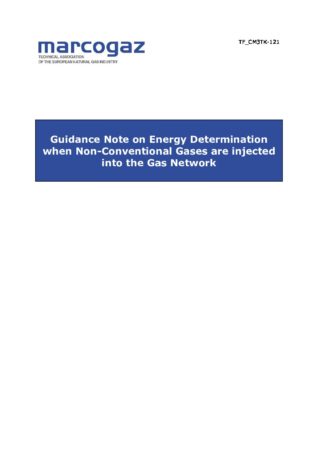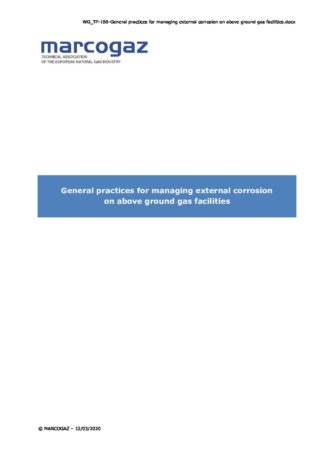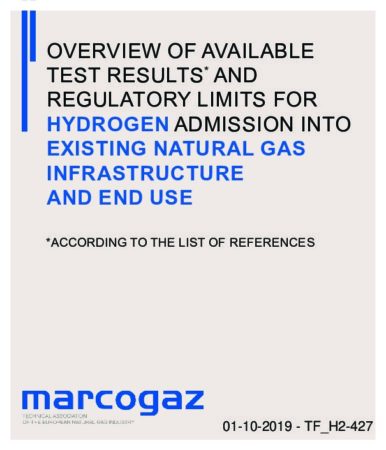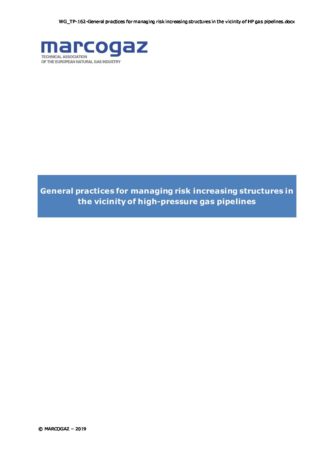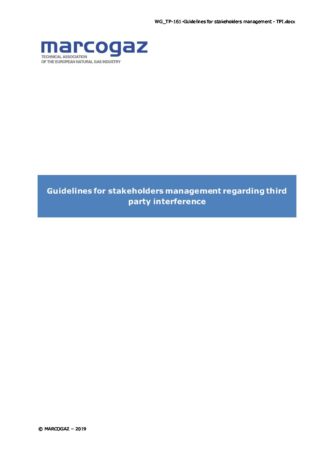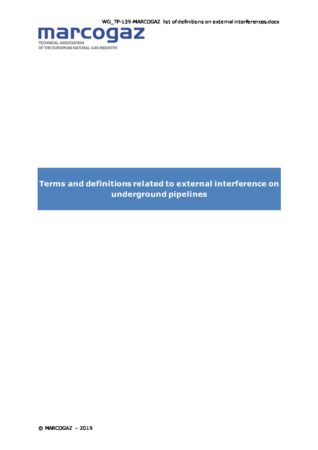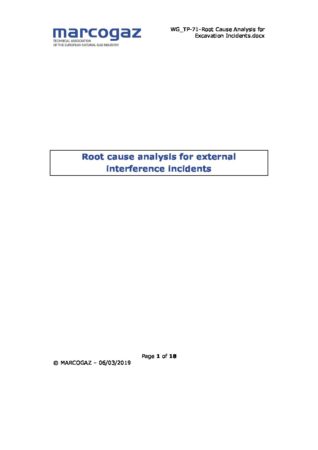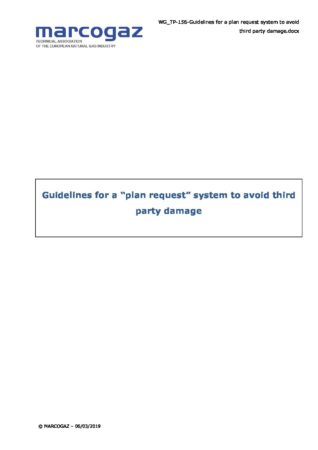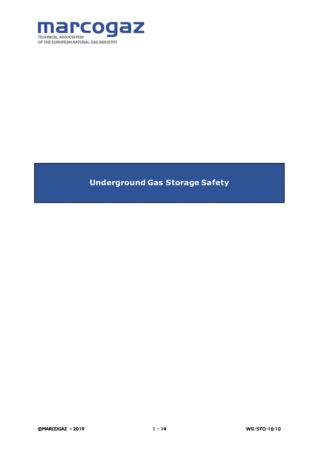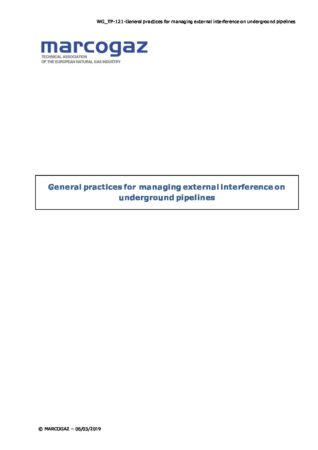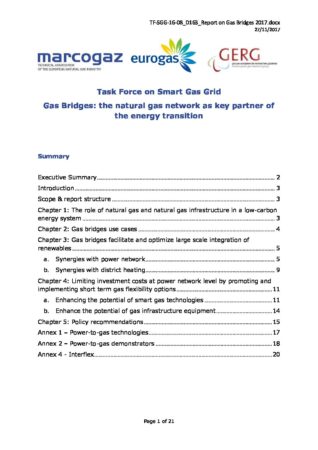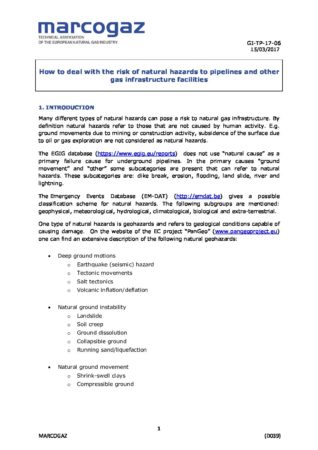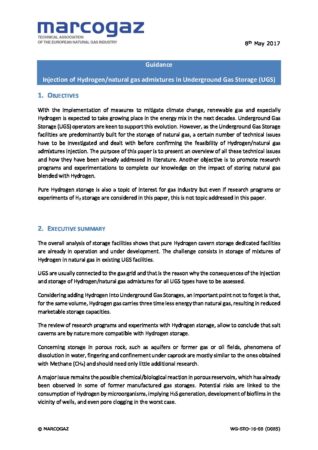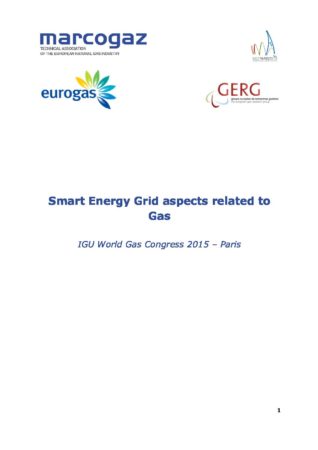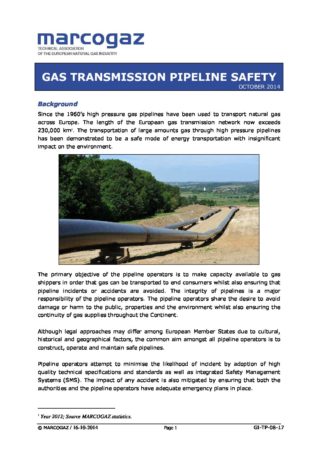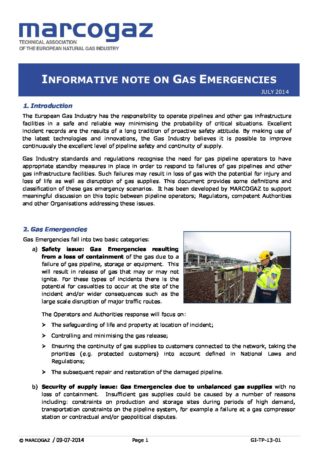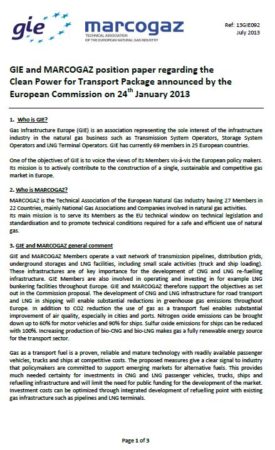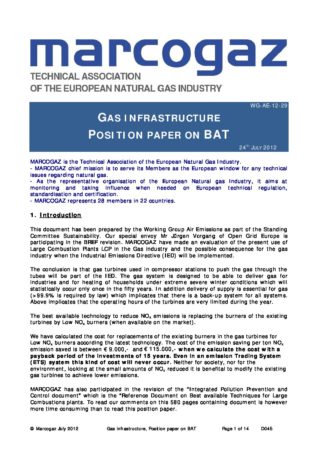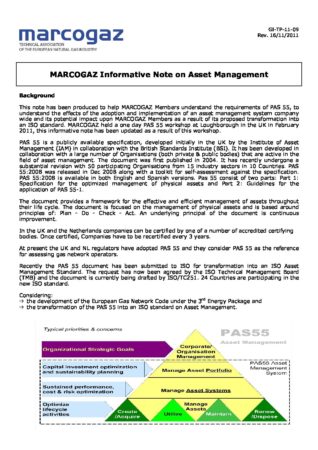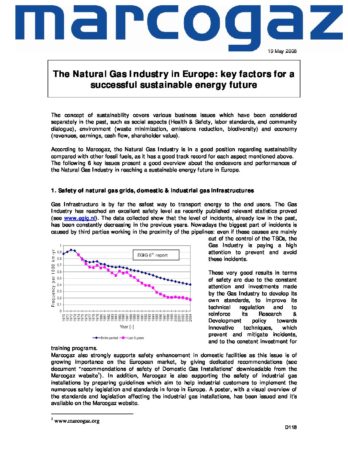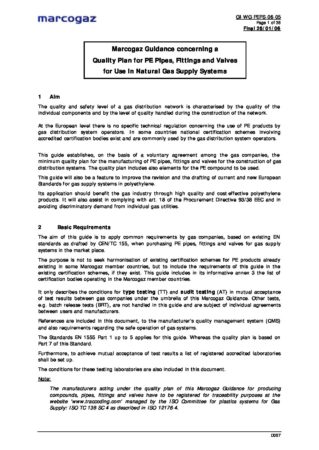Midstream Gas System (G2)
The main roles of the midstream gas infrastructure are to transfer large quantities of high pressure gas across long distances through steel pipelines, to receive gas supplies in LNG terminals for regasification and injection into the grid, and to inject and withdraw gas from underground storage to ensure stability of the network by smoothing seasonal fluctuations in gas demand meeting peak daily demand, all of which by ensuring a high level of integrity for the infrastructure.
Midstream infrastructure is composed by different installations operated by TSOs, SSOs and LNG terminals operators, including high pressure pipelines, pressure reducing stations, metering stations, valve stations, compressor stations, LNG terminals and undeground storage (UGS) facilities (typically pore storages, including former oil and gas fields, acquifers, caverns made of salt, rock or abandoned mines.)
TSOs are responsible for safety and reliability of their networks, ensuring continuity of gas delivery from the study phase until decommissioning. For these reasons any decision to inject new gases into the existing natural gas grid is subject to investigation, depending on technical parameters and local regulatory approval.
Together with usual engineering, maintenance and operational activities, the TSO monitors the external threats and hazards to their installations, as third-party interferences are the most frequent causes of damage to the buried installations.
MARCOGAZ is exchanging best practices in the field of safety and reliability of UGS operations, covering the whole life cycle of the installations. In particular, the tightness of underground facilities, subsurface installations, the integrity management of the wells and influence of impurities (such as O2) are regularly addressed by the experts.
In Europe, UGS operations are strictly regulated by the SEVESO III Directive (2012/18/EU) to prevent major accidents, and the industry must comply by demonstrating the correct implementations through different processes. The main challenge for the UGS operator is to ensure its integrity and tightness and for that purpose, the industry contributes with the development of specific standards (EN 1918).
LNG terminals have a unique capability to deliver high amounts of energy, in fact, one cube meter of liquified natural gas (at a temperature of -162°C) contains 600 times the energy of natural gas in its gaseous form. Repurpose of these assets to accommodate new gases (such as LH2) will be instrumental to guarantee diversified and low-carbon energy supplies. Besides the standardisation, MARCOGAZ is also monitoring the new technologies and actively supporting innovation to increase safety and efficiency, to ensure the continuity of supply and to operate assets in a sustainable way, by providing technical assessments related to new gases such as H2 and CO2 to ease their uptake.

Chair
Frank Graf

Vice Chair
Leen Pronk


